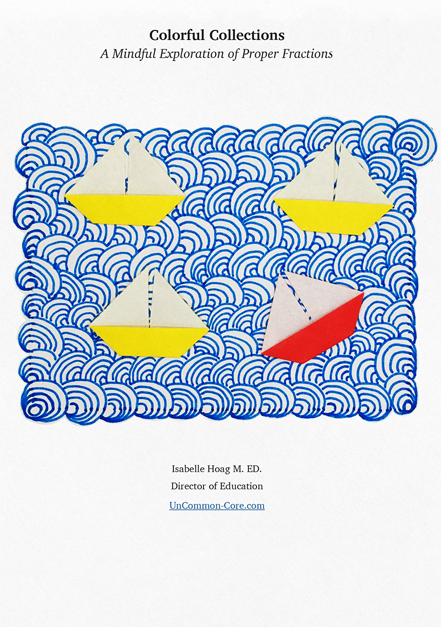
Dear Parents,
Your child needs to learn how to use a number line ~ so they can use a number line to learn. Simple, right? Well …
There are many ways that counting on a number line is different than counting objects directly. For one thing, when counting objects we stop when there are no more objects to count. This wouldn’t work on a number line!
Here are some ideas to help your child learn to use number lines correctly and easily. You could try them all – or just try one. Many of the ideas on this list are things you probably do anyway.
5 Ways to Help Your Child Use a Number Line
Play Board Games with Your Child
It takes a while for students to get used to putting a finger or pointer on zero before they start counting. In this situation, number lines are like rulers, you always start at zero. This also happens when moving game pieces around a board ~ we do not count the space that the piece starts on.
Post a Number Line in Your Child’s Room
Help your child make a special number line for their room. Not only is this a fun artistic craft, but it will remind them that you think number lines are important.
There are several ways to approach this project. To get started check out this post about making illustrated number lines. It is written for teachers, but you could easily adapt it to use at home. There are many ways to illustrate your number line, from simple crayon drawings to tracing the shadows of beloved toy dinosaurs. You could also use photos: one child, two parents, three cousins, 4 pets, 5 fingers, and so on up to ten toes.
Your illustrated number line does not have to go up all at once like a poster. You might decide to use printer paper for each number. Stick some blank pages on your child’s wall, and decorate them one at a time. The blank pages will engage your child’s imagination. Remember to add a page for zero!
Look for Examples of Number Lines
Birds on a wire, traffic on a road ~ there are all kinds of number lines. Challenge your child to find number lines on walks, at the park, or in the car. When they find one ~ let’s say a fence ~ ask how the fence is like a number line. Then ask how it is different than a number line. Once you start looking, number lines are everywhere ~ books on a shelf, houses on a street, cans of soup at the store, shirts hanging in the closet, shoes by the door, crayons in a box, cars parked on the street, windows of a sky scraper . . .
Talk about Numbers with Your Child.
Educational researchers think that everyone has a mental image of a number line. We use this mental model to help us think about, compare, and calculate numbers throughout our lives.
In young children, this mental image starts small ~ one, two, three. Your child’s mental picture of a number line keeps changing and updating as they learn more about math. Talking about numbers helps your child build their mental number line.
Ask questions such as how many numbers are there? What is the largest number? What number comes after ten? What number comes after 100? Ask why a number line that goes up to ten has eleven numbers? (Hint: zero!) The important thing is the conversation ~ not your child’s answers.
Read about Numbers with Your Child
Bedtime stories don’t always have to be ~ well, stories. Include math books in your child’s bedtime routine. Your local librarian can suggest books that are appropriate for your child’s age and interests.
More Ways to Help your child with math ~ parental involvement counts!
Share This Story, Choose Your Platform!
Download Colorful Collections:
A Mindful Exploration of Proper Fractions
Help your students make sense of fractions.
I started teaching in 1987, which means I’ve collected many tips and tricks along the way. In this ebook, I share concepts, strategies, and classroom materials to help you make math sticky.
Along with this useful ebook, you will receive weekly emails from StickyMath@UnCommon-Core.com. I send information like: teacher tips, educational ideas, book reviews, curated lists, reviews of educational sites, and free first drafts of products that I’m creating for my TPT store. That way, you get helpful ideas and free stuff, while I get some feedback before I finalize products and put them up for sale.
I value your privacy. I will never sell your information. You may unsubscribe at any time.
All the best!
Isabelle
Isabelle Hoag M. Ed.

